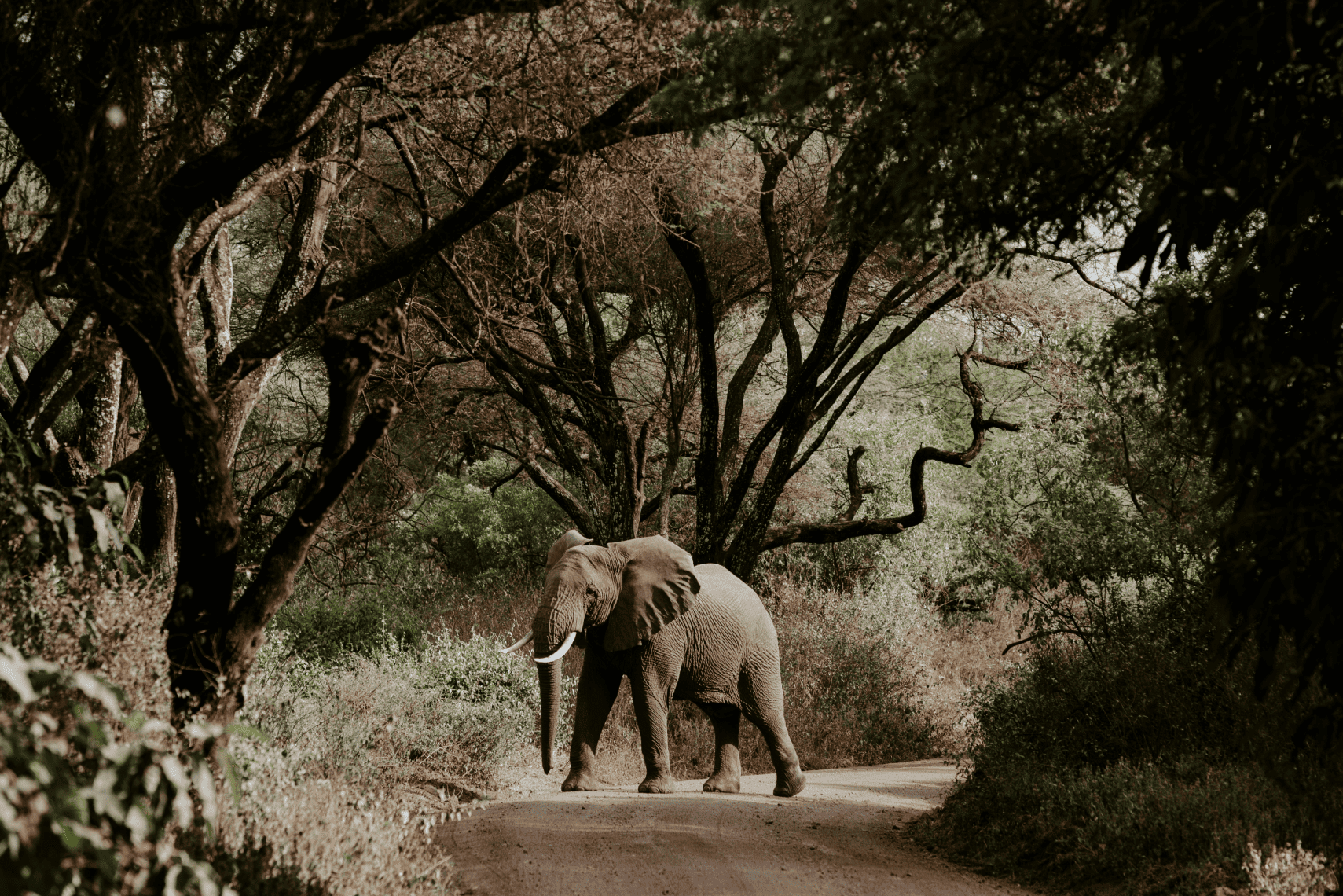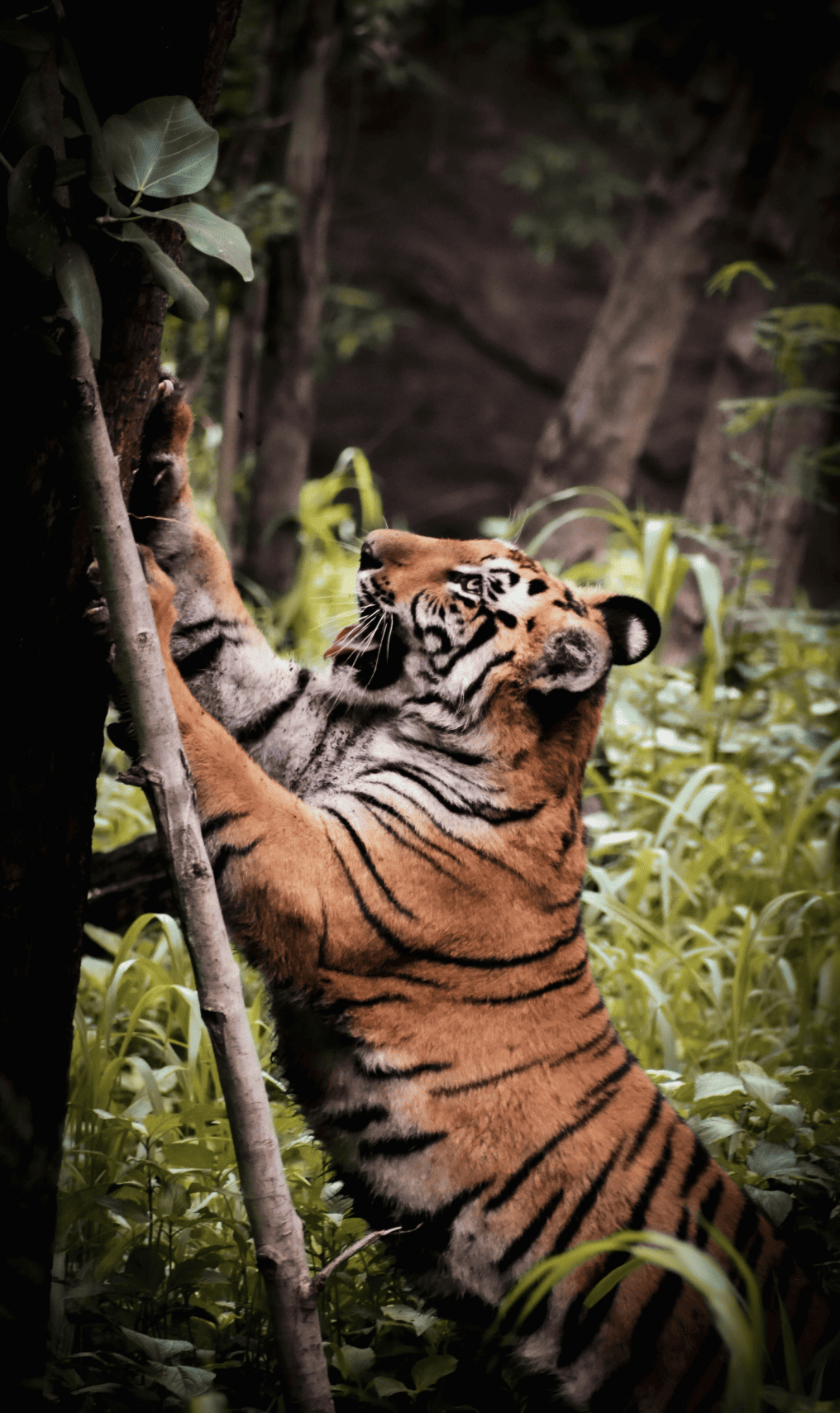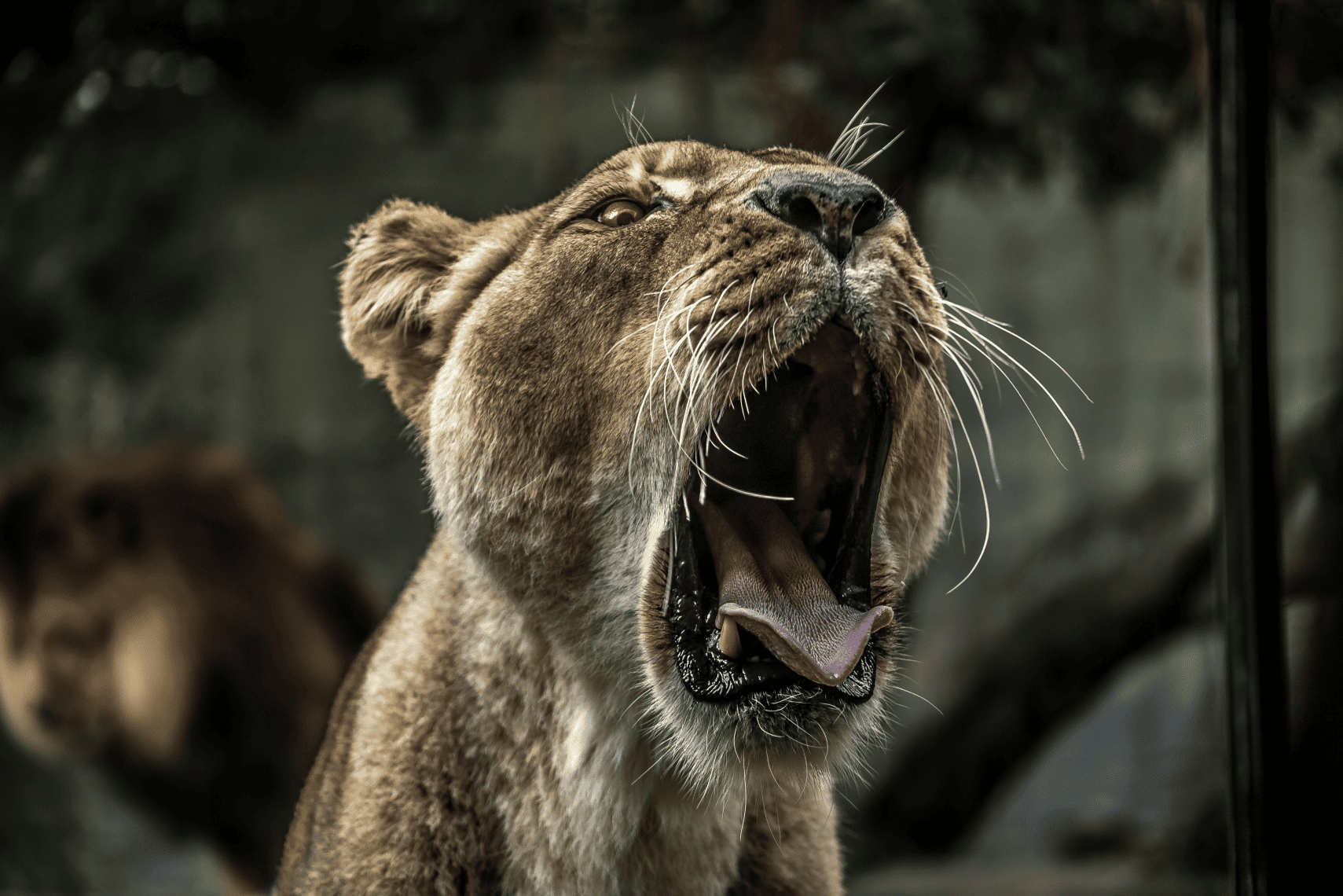-
Call Now: +913878958932
-
Email Now: [email protected]
From vast savannas to dense forests, the landscapes of the past shaped the behaviors and evolution of the animals that inhabited them.

Ancient predators shaped ecosystems through their hunting skills and dominance. Their legacy continues in modern wildlife, where their adaptations inspire awe and respect.
For thousands of years, predators and prey maintained the delicate balance of nature. This intricate relationship ensured the survival of diverse species in ancient ecosystems.
Changing climates forced ancient animals to adapt, migrate, or evolve. These adaptations were crucial for survival in diverse landscapes.
Group living was a vital strategy for survival in ancient times. Whether hunting together or protecting their young, animals relied on social structures to thrive.
Ancient ecosystems were interconnected webs of life. Each species played a crucial role, from maintaining plant growth to controlling populations of other animals.
Ancient wildlife developed traits like strength and stealth to outsmart predators and capture prey, ensuring their place in the wild.


Camouflage was a key survival strategy in ancient times, helping animals evade predators and ambush prey in their natural habitats.
Over time, animals refined their hunting techniques, adapting their methods to different terrains and challenges in the wild.
The jaguar, one of the most enigmatic and powerful creatures of the wild, has roamed the forests and wetlands of the Americas for thousands of years.
The fox, with its cunning nature and adaptability, has been a symbol of intelligence and resilience for centuries.
The deer, with its gentle demeanor and graceful movements, has long been a symbol of natural beauty and serenity.